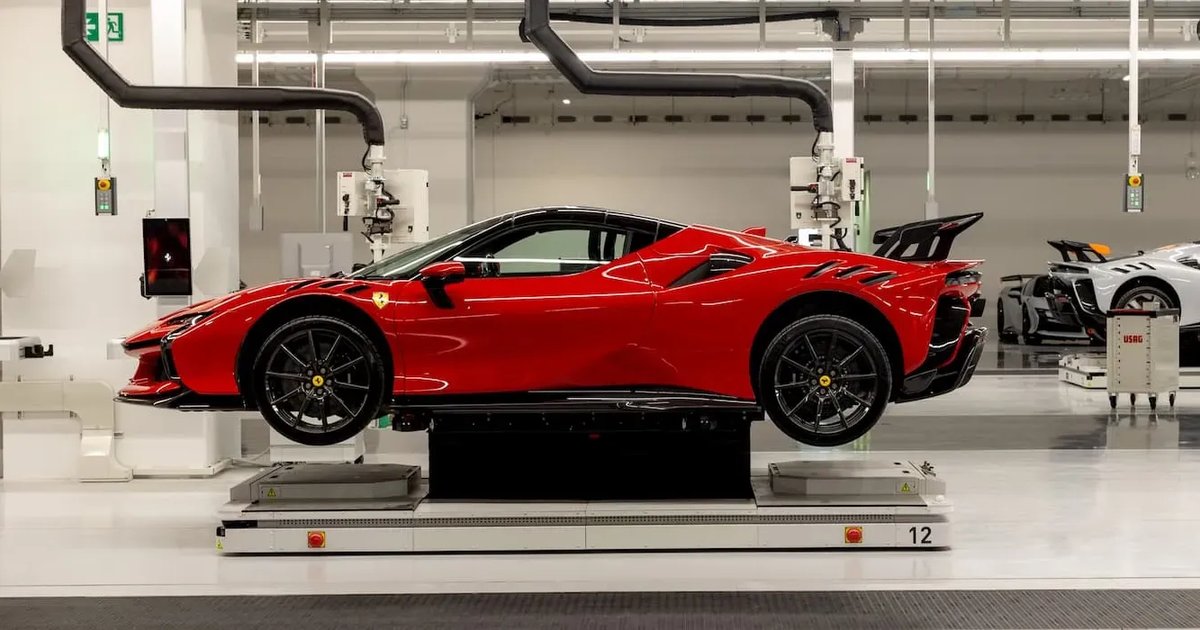Climeworks, a leading innovator in direct air capture technology, has recently unveiled its latest Generation 3 direct air capture technology, which promises improved performance and efficiency. This cutting-edge technology is set to be deployed initially in the U.S. before being replicated on project sites worldwide.
The Generation 3 technology utilizes novel structured sorbent materials that outperform the packed filter beds used in previous generations. These new materials require half the energy and have a lifespan three times longer than their predecessors. Additionally, the new structures increase surface contact with CO2, allowing for faster capture and release, resulting in more than twice as much CO2 being captured compared to previous technologies.
With the Generation 3 technology, Climeworks aims to achieve cost reduction targets, bringing the cost per ton captured to $250-$350, and total costs per ton net removal to $400-$600 by 2030. This represents an overall cost reduction of up to 50% from current prices. The technology has been rigorously developed and tested over the past five years at Climeworks’ direct air capture testing facility in Switzerland.
Climeworks’ Co-founder and Co-CEO, Jan Wurzbacher, emphasized the company’s commitment to technology leadership and its ability to scale up to megaton removal capacities based on real field data. The first plant utilizing the Generation 3 technology will be constructed in Louisiana as part of the Project Cypress DAC Hub, funded by the U.S. Department of Energy. Construction is expected to start in 2026, with plans for further projects in countries like Norway, Kenya, and Canada currently in development.
In summary, Climeworks’ latest Generation 3 direct air capture technology promises significant improvements in performance and efficiency while also aiming to reduce costs by up to 50% from current prices by 2030. With plans for global deployment and scalability up to megaton removal capacities based on real field data


